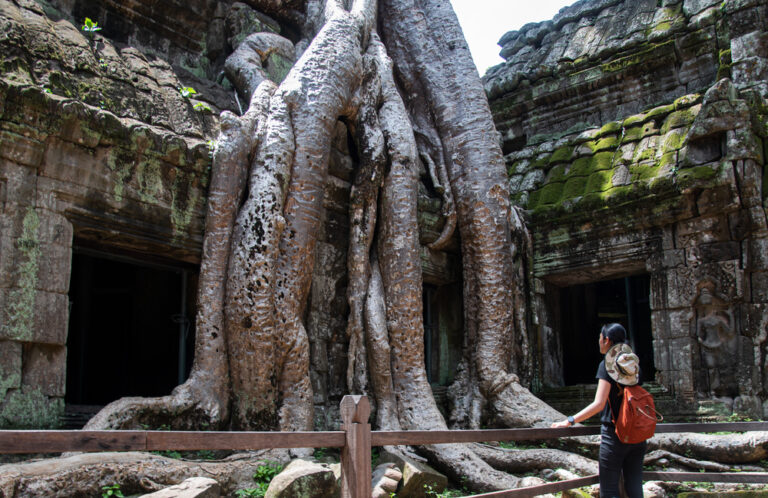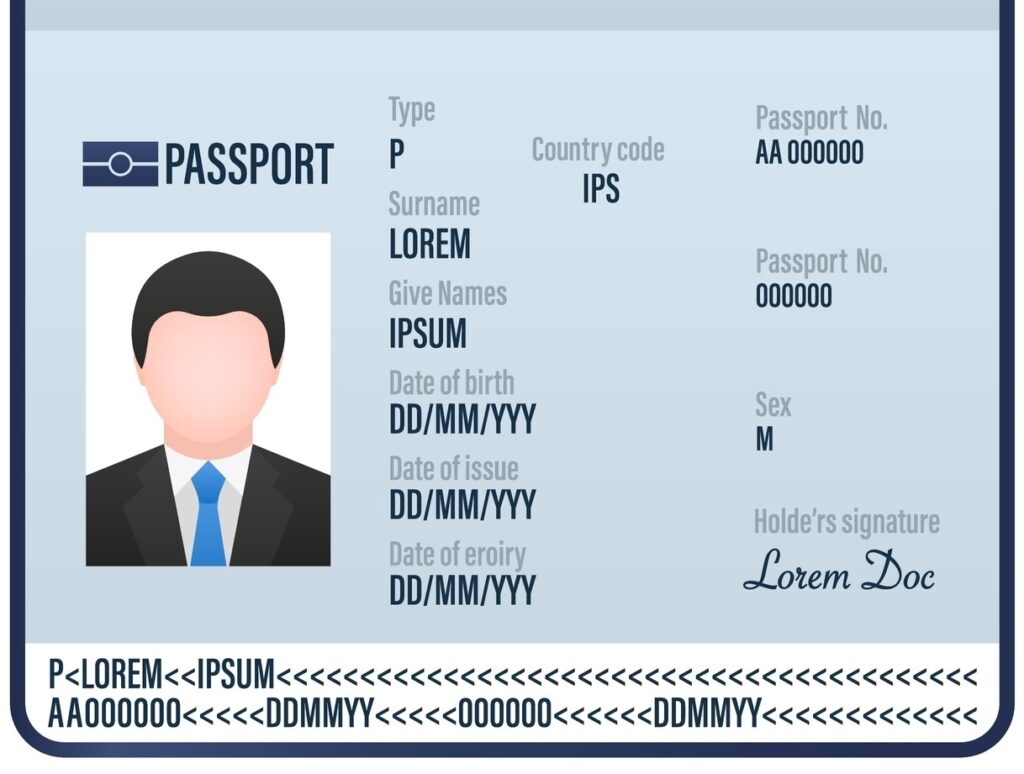First-Time in Cambodia? Here is What You Need to Know to Prepare for a Spotless Trip

Cambodia catches many first-time visitors off guard with its complex history, unpredictable weather patterns, and unique cultural norms. The country operates differently from typical Southeast Asian destinations, with its own currency quirks, transportation challenges, and social customs that can confuse newcomers.
Your biggest mistake would be underestimating the time needed for major sites or arriving unprepared for the tropical climate and infrastructure realities. Most first-timers also struggle with bargaining, tipping expectations, and understanding when English will be spoken versus when basic Khmer phrases become essential.
Essential Pre-Departure Preparations
Cambodia requires more advance planning than neighbouring Thailand or Vietnam, particularly regarding health precautions and documentation. The visa-on-arrival system works well, but having backup plans for transportation and accommodation prevents stress upon arrival.
- Get your visa online ($36 USD) or pay $30 USD on arrival with exact change and two passport photos
- Vaccinations for Hepatitis A and B, typhoid, and Japanese encephalitis are recommended
- Malaria prophylaxis if visiting rural areas during rainy season
- Travel insurance that covers motorbike accidents (common exclusion that catches many travellers)
- Download offline maps for Siem Reap and Phnom Penh before arrival
- Bring small USD bills ($1, $5, $10) as change is often given in local riel
Money Matters and Currency Confusion
Cambodia uses both US dollars and Cambodian riel simultaneously, which confuses every first-timer. Vendors quote prices in dollars but give change in riel, creating constant mental maths challenges throughout your trip.
- Everything over $5 is priced in USD, smaller amounts in riel (approximately 4,000 riel = $1)
- ATMs dispense US dollars but charge $5-6 per withdrawal
- Keep riel for small purchases, street food, and tips
- Torn or old USD bills are often rejected
- Credit cards work only in upmarket hotels and restaurants
- Always carry cash for tuk-tuks, temples, and rural areas
Weather and Packing Realities
Cambodia’s tropical climate creates specific packing challenges that affect comfort and cultural appropriateness. The rainy season isn’t just afternoon showers—it’s serious flooding and transportation disruptions that reshape travel plans.
- Dry season (November-April): temperatures reach 35°C with high humidity
- Wet season (May-October): intense afternoon downpours and muddy roads
- Pack lightweight long pants and shirts for temple visits (mandatory dress code)
- Waterproof phone case and plastic bags for electronics during rainy season
- Sturdy sandals that can handle mud and temple floor removal requirements
- Sunscreen SPF 30+ and insect repellent with DEET (local products are weak)
Transportation Challenges
Getting around Cambodia tests every first-timer’s patience and bargaining skills. Public transportation barely exists, road conditions vary dramatically, and traffic rules are more like suggestions than actual laws.
- Tuk-tuks are your primary transport but require price negotiation before every ride
- Buses between cities are reliable (Giant Ibis, Mekong Express) but book seats in advance
- Motorbike rental requires confidence in chaotic traffic and unpaved roads
- Domestic flights save time but cost 10x more than buses
- Grab app works in Phnom Penh and Siem Reap for fixed pricing
- Rural roads become impassable during heavy rains
Cultural Norms and Social Etiquette
Cambodian society follows strict hierarchical and religious customs that affect daily interactions. Understanding these prevents embarrassing situations and shows respect for local traditions.
- Remove shoes before entering homes, temples, and some shops
- Never point feet toward Buddha statues, altars, or seated people
- Dress conservatively at all religious sites (covered shoulders and knees)
- Don’t touch anyone’s head or pat children
- Use both hands when giving or receiving items
- Learn basic greetings: “Chum reap suor” (hello) and “aw kun” (thank you)
Food Safety and Dining
Street food in Cambodia requires more caution than in Thailand or Vietnam due to inconsistent hygiene standards. However, avoiding local food entirely means missing authentic flavors and cultural experiences.
- Choose busy street stalls with visible cooking and high customer turnover
- Avoid raw vegetables, ice cubes, and tap water (including for brushing teeth)
- Bottled water is cheap and available everywhere
- Try amok (coconut curry), lok lak (stir-fried beef), and fresh spring rolls
- Restaurant meals cost $3-8 USD, street food $1-3 USD
- Vegetarian options exist but often contain fish sauce
Accommodation Strategy
Cambodia’s accommodation scene ranges from $3 dormitories to luxury resorts, but location matters more than amenities for first-timers. Staying in the wrong area can double your transportation costs and limit evening activities.
- Book first 2-3 nights in advance, then decide based on your travel pace
- Siem Reap: stay near Pub Street for nightlife, further out for quiet temple visits
- Phnom Penh: Riverside area offers walkable restaurants and bars
- Battambang: anywhere in the small city center works fine
- Always check if air conditioning works before checking in during hot season
Temple Visiting Protocol
Angkor Archaeological Park operates under specific rules and timing that maximize your experience while respecting sacred spaces. Many first-timers waste entire days due to poor planning and cultural misunderstandings.
- Buy temple passes at official booths only ($37 for one day, $62 for three days)
- Start at 5:30 AM for sunrise at Angkor Wat, then continue to other temples
- Hire a knowledgeable guide for historical context (worth the $25-30 investment)
- Bring plenty of water and snacks (limited food options inside the park)
- Respect photography restrictions and dress codes at all times
- Visit lesser-known temples like Ta Prohm and Bayon to avoid crowds
Safety Considerations
Cambodia is generally safe for tourists, but specific risks affect first-timers more than experienced travelers. Petty crime and health issues cause most problems, not serious safety threats.
- Keep passport copies separate from originals
- Avoid displaying expensive electronics or jewelry
- Don’t walk alone after midnight, especially in Phnom Penh
- Be cautious of friendly strangers offering drinks or gambling opportunities
- Traffic accidents are the biggest real danger—always wear helmets on motorbikes
- Tourist police speak English and are helpful in major destinations
Common First-Timer Mistakes
Learning from others’ experiences saves time, money, and frustration during your first Cambodia visit. These mistakes happen to almost everyone, but they’re easily preventable with awareness.
- Underestimating travel time between destinations (roads are slow)
- Not negotiating tuk-tuk prices before getting in
- Wearing inappropriate clothing to temples and being turned away
- Exchanging money at terrible airport rates instead of using ATMs
- Eating too much street food too quickly and getting sick
- Not carrying toilet paper (many places don’t provide it)
- Forgetting to charge devices (power outages are common)
Health and Medical Preparedness
Cambodia’s healthcare system works adequately in cities but becomes limited in rural areas. Prevention and preparation matter more than treatment options when you’re far from quality medical care.
- Pack a comprehensive first-aid kit with anti-diarrheal medication
- Bring prescription medications with extra supplies
- Know locations of international clinics in Siem Reap and Phnom Penh
- Understand that ambulance services don’t exist outside major cities
- Consider medical evacuation insurance for serious emergencies
- Dengue fever is present year-round—use insect repellent consistently


